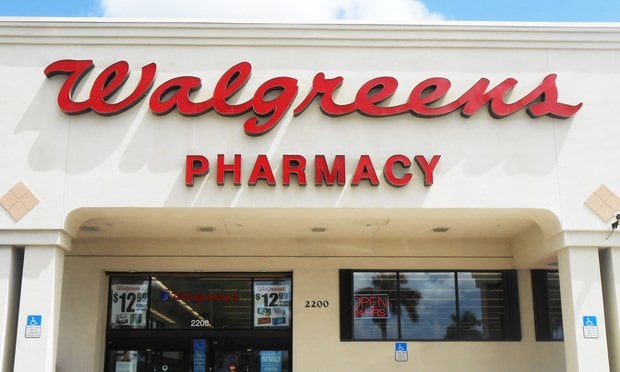
Health insurance consumers may not know as much about what they are buying as employers and benefits brokers assume. Most health insurance enrollees understand premium and deductible options, but not prescription drug copays or maximum out-of-pocket limits, the 2024 Consumer Engagement in Health Care Survey from the Employee Benefit Research Institute and Grenwald Research found.
“Simply, I believe we see, via the new survey results, that health insurance enrollees are taking the minimum time to make their health plan decisions,” said Paul Fronstin, Ph.D., director of health benefits research for EBRI. “More education is needed. While they are definitely taking advantage of new tech opportunities to make informed decisions, they also seem to need additional input from their health care providing team.”
Recommended For You
These are the key findings from the survey:
- Health plan knowledge often is lacking. Eighty-six percent of enrollees understood that premiums are the amount paid for health insurance, regardless of using care. Eighty-two percent understood that the deductible is the amount they have to pay out-of-pocket before their plan begins to pay for care. However, only about 1 in 4 know that the amount is not the same for all groups of prescriptions, and there also is confusion about out-of-pocket maximums.
- Out-of-pocket costs drive down satisfaction. Although nearly two-thirds of enrollees were extremely or very satisfied with their health care, 10% were not too satisfied or not at all satisfied. Fourteen percent of enrollees were not satisfied with the cost paid out-of-pocket for prescription drugs, and 21% were not satisfied with the cost paid out-of-pocket for other health care.
- Enrollees want data sharing with health providers. Three-quarters agreed that smart health technology has made it easier to access care, but two-thirds wish their data could be shared with their doctor, and 6 in 10 with their health insurance company.
- Health savings accounts are used in a variety of ways. More than half of individuals reported opening their HSA to save on taxes. Similarly, 53% opened their HSA to save for future health care expenses, and 52% to take advantage of employer contributions. Although 36% considered it to be an investment account, 19% viewed their HSA as a checking account.
- Open enrollment. Most enrollees spent less than two hours deciding on their health plan during open enrollment. About 90% were satisfied with the overall process, such as the time they had to select a plan, materials provided, paper work and the person presenting the information during open enrollment.
- Sources of health coverage. Most people with private health insurance reported getting their coverage through their own job (61%) or through a spouse’s job (20%). Only 19% said they get it directly either from a health insurance carrier (11%) or from a government exchange (8%).
© 2025 ALM Global, LLC, All Rights Reserved. Request academic re-use from www.copyright.com. All other uses, submit a request to [email protected]. For more information visit Asset & Logo Licensing.








